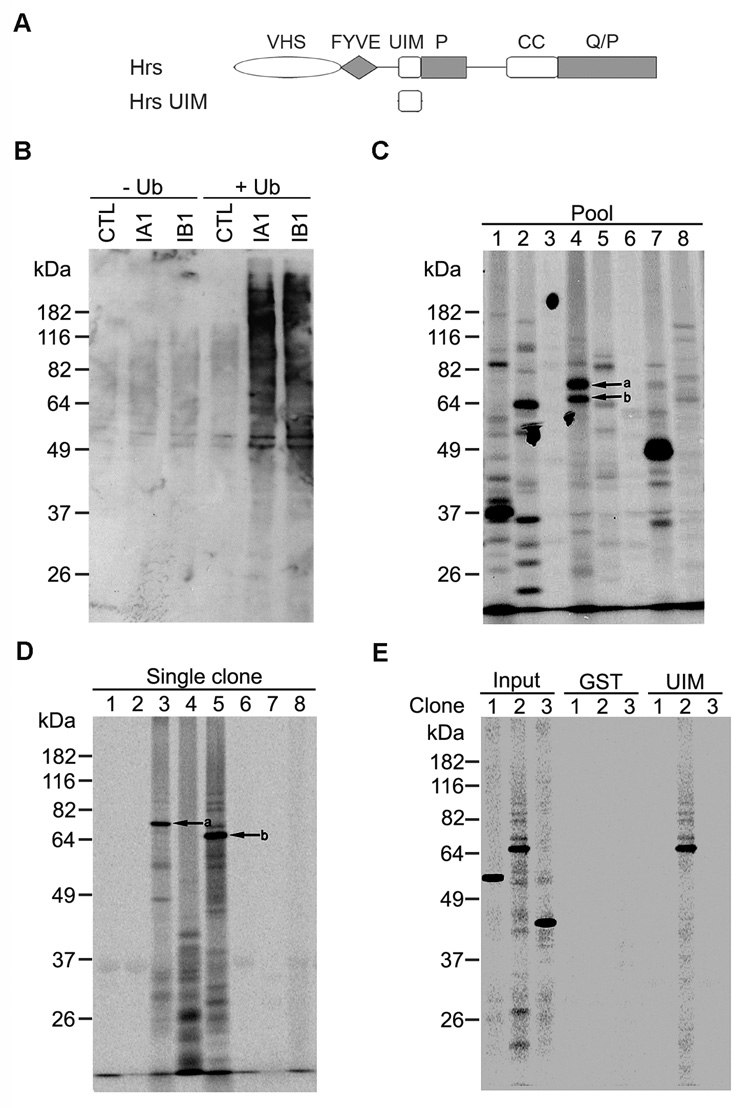Fig. 2. IVEC screen for proteins that bind to the UIM domain of Hrs.
(A) Domain structure of full-length Hrs (top) and the GST-fused Hrs UIM domain used in the IVEC screen (bottom). (B) Two cDNA pools, IA1 and IB1, containing 100 independent cDNA clones per pool from a human adult brain cDNA library, were in vitro transcribed and translated in the presence of cold methionine with or without ubiquitin. The control (CTL) reactions were carried out under the same conditions with no cDNAs added. The synthesized protein pools were analyzed by immunoblotting with anti-ubiquitin antibody. (C) Primary screen for positive pools containing Hrs UIM-binding proteins. Pools of cDNAs (100 independent cDNA clones per pool) from a human adult brain cDNA library were in vitro transcribed and translated in the presence of [35S]methionine and ubiquitin and then subjected to a GST-Hrs UIM pull down assay. Bound proteins were analyzed by SDS-PAGE. Autoradiography of gel samples was performed using a phosphoimager. Example of positive pools (Pool # 1, 2, 4, 5, 7, and 8) selected for secondary screen. The two bands labeled a and b in Pool # 4 represent distinct Hrs UIM-binding proteins, which would be individually isolated by secondary screen. (D) Secondary screen for isolation of individual positive cDNA clones encoding Hrs UIM-binding proteins. In vitro translated products from individual cDNA clones isolated from each of the positive pools were analyzed as described above for their ability to bind GST-Hrs UIM. Example of 8 single clones isolated from Pool # 4, of which Clone # 3 and 5 are individual positive cDNA clones encoding Hrs UIM-binding proteins a and b indicated in (C). (E) Specificity of Hrs UIM binding. In vitro translated products from 3 isolated individual cDNA clones (Input) were incubated with immobilized GST-Hrs UIM fusion protein or GST control. Bound proteins were analyzed by SDS-PAGE and autoradiography. Clone # 2 encodes a protein that specifically binds to GST-Hrs UIM but not to GST control, whereas Clone # 1 and 3 are negative interactors that binds neither to GST-Hrs UIM nor to GST control.

